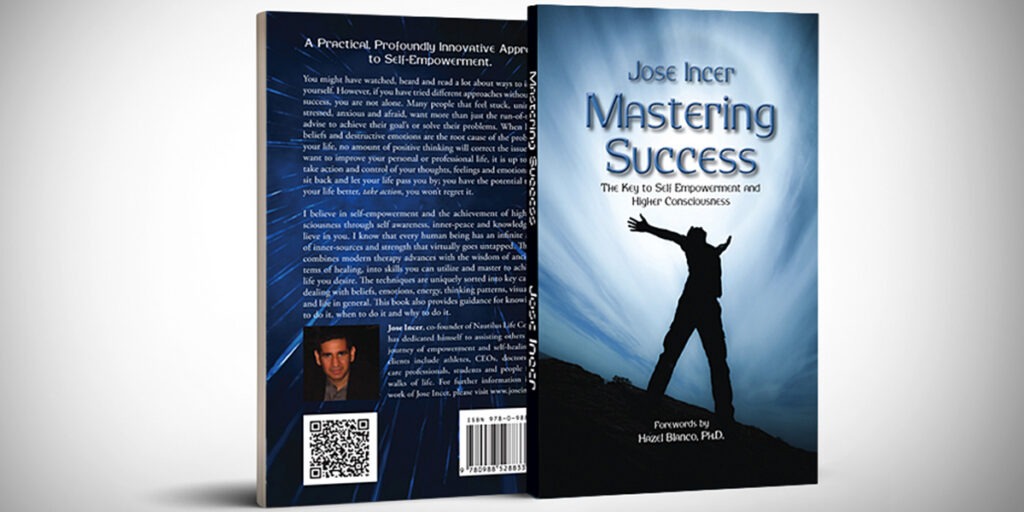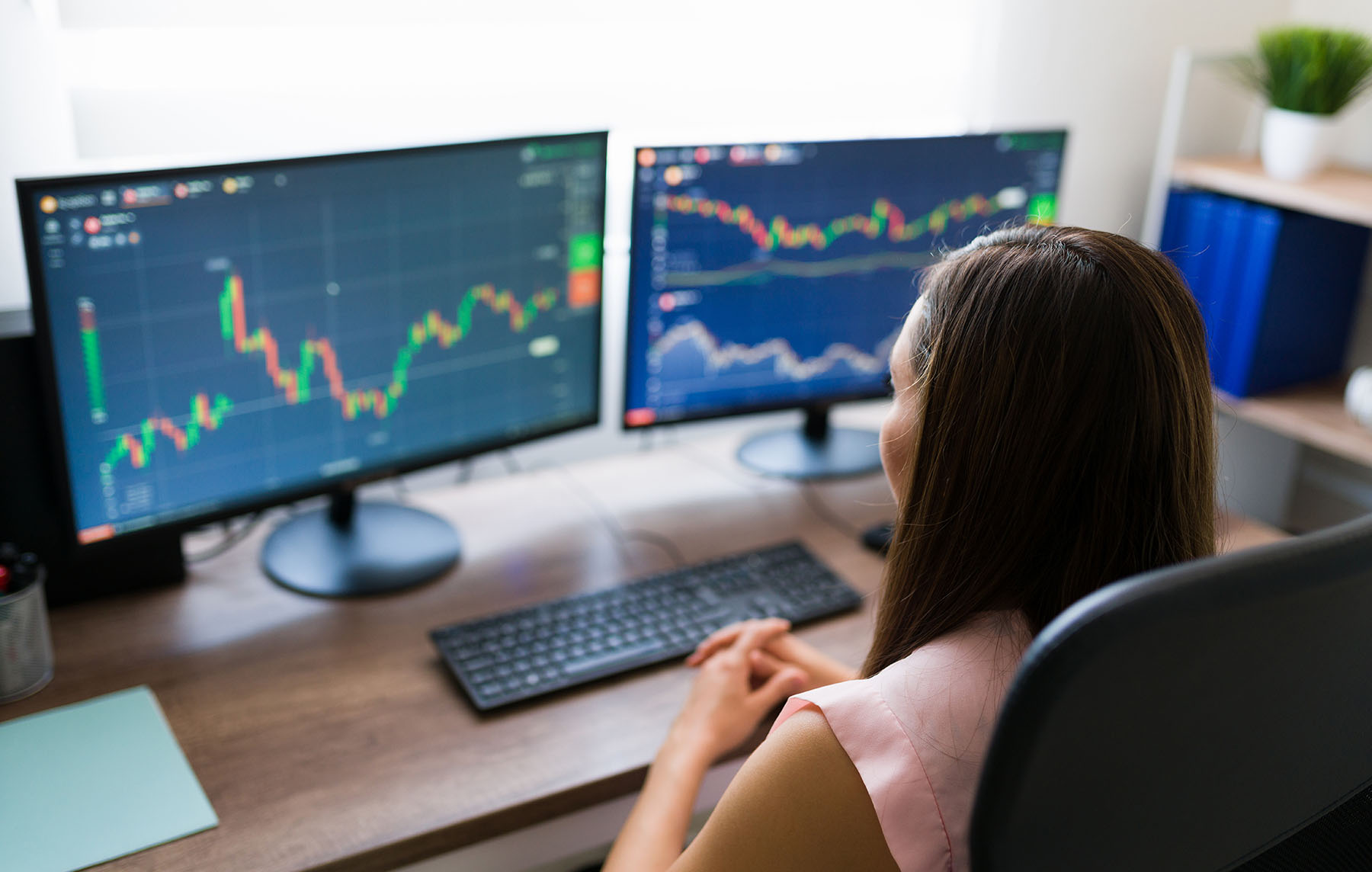Restore Inner Strength: Circle of Calmness and Protection
Walking the Fine Line of Consumer Confidence
Imagine walking a tightrope high above a vast canyon. Every step requires absolute focus, yet beneath your feet, the rope sways unpredictably. This is what the economic landscape of 2025 feels like—anxiety gripping every consumer, every household, every heartbeat.
Consumer confidence has plummeted, reaching depths unseen in over a decade. Households are tightening their budgets, corporations are tempering expectations, and an unshakable sense of uncertainty has taken root. Policies, inflation, and shifting job markets cast long shadows over financial stability. The psychological impact? A perpetual state of unease, like teetering on that high-wire, fearing the fall.
The Language of Anxiety: How Mental Chatter Shapes Our Reality
Ludwig Wittgenstein once said, “The limits of my language mean the limits of my world.” Our internal dialogue—our mental chatter—frames our experience of reality. When we constantly tell ourselves, “The economy is doomed,” “My financial future is bleak,” or “I’ll never get ahead,” we embed these anxieties into our subconscious. This internal script amplifies worry, shaping perceptions that may or may not align with reality.
Adam Smith, the father of modern economics, explored the root causes of economic limitations and conflicts. He argued that markets operate on emotions as much as logic. Fear—especially widespread economic fear—can shape policies, drive businesses to cut back, and lead consumers to hoard rather than spend. The result? A self-fulfilling prophecy where pessimism curtails prosperity.
The Paradox of Worry: When Thought Becomes the Enemy
Thinking is a powerful tool, yet excessive rumination turns it into a prison. Worry, anxiety’s closest companion, creates a mental labyrinth where every pathway leads back to the same fears. The more we analyze our financial woes, the more we reinforce the belief that escape is impossible.
Mental chatter can be relentless: “What if I lose my job?” “Will I ever retire?” “What happens if prices keep rising?” This inner noise clouds judgment and fuels stress, leading to impulsive decisions or complete inertia. But here’s the truth: constructive thinking and worry are not the same. One leads to action, the other to exhaustion.
The real crisis isn’t just financial, it’s emotional.
The Emotional Economics of Anxiety: A Market Driven by Fear
Consumer behavior isn’t solely dictated by numbers; it’s deeply emotional. The anticipation of future hardship discourages spending, affecting businesses, employment rates, and overall market stability. The irony? Fear of economic decline often creates the very conditions that accelerate it.
Economic uncertainty acts as a pressure cooker, amplifying financial fears and personal insecurities. This perpetual worry manifests physically—shallow breathing, tense shoulders, a constant state of vigilance. The nervous system, conditioned for survival, prepares for threats that may never materialize, keeping the body locked in fight-or-flight mode.
Tools for Transformation: Rewiring Anxiety Through the Subconscious
If economic anxiety is shaping our reality, how do we reshape our response? The answer lies in the subconscious. Just as policies shape economies, subconscious beliefs shape our perception of security and success. Tools like hypnotherapy, coaching, NLP (Neuro-Linguistic Programming), meditation, and emotional intelligence provide the framework to dismantle limiting beliefs and instill confidence.
-
Hypnotherapy: A direct line to the subconscious, hypnotherapy rewires ingrained fears, replacing anxiety with empowerment. Through guided suggestion, it shifts mental chatter from “I am powerless” to “I am prepared.”
-
Neuro-Bilateral Reset™: a breakthrough method that helps release emotional tension, rewire limiting patterns, and create lasting inner balance. By integrating the mind, body, and emotional systems, it offers a powerful path to personal transformation and sustained emotional freedom.
-
Coaching: A skilled coach helps reframe economic uncertainty, focusing on actionable strategies rather than paralyzing fears. This process instills clarity and cultivates resilience.
-
NLP: By rewiring linguistic patterns, NLP alters how we perceive financial stress. Replacing “I’m doomed” with “I’m adapting” transforms not just outlook, but opportunity.
-
Meditation: A practice in presence, meditation anchors awareness in the now, dissolving fear of an unpredictable future. By calming the nervous system, it strengthens emotional stability.
-
Emotional Intelligence: Understanding emotions—both personal and collective—allows for better decision-making. Recognizing fear-driven narratives enables consumers to make rational choices, unclouded by panic.
Modeling for Economic Anxiety: Circle of Calmness
When facing economic anxiety, particularly around consumer confidence, the Circle of Calmness and Protection is a powerful NLP to ease economic anxiety and restore inner strength. Begin by closing your eyes and recalling a time when you felt deeply confident and in control, unaffected by external chaos. Let that memory come alive—feel the posture you held, the steadiness in your breath, the clarity in your thoughts, and the grounded emotions that anchored you. Visualize that experience as a glowing circle of calm energy surrounding you. Now, mentally step into that circle, adopting the same body language and mindset as your confident self. Let that feeling of security and certainty rise within you, as if you’re stepping into a protected inner sanctuary. With regular practice, this circle becomes your emotional refuge—a space you can return to anytime uncertainty tries to shake your foundation, empowering you to face challenges with clarity, courage, and composure.
Exploring the Subconscious: Anxiety’s Hidden Influence
Anxiety lurks in the subconscious like a shadow in the mind’s corner. It whispers doubts, heightens insecurities, and thrives on uncertainty. Addressing financial stress isn’t just about budgeting or investments—it’s about confronting this unseen force.
Picture anxiety as that tightrope walk: every step, a decision; every wobble, a doubt. The mind is caught between balance and collapse, between logic and fear. But what if we trained our subconscious to steady the rope? By acknowledging anxiety without succumbing to it, we reclaim control. This isn’t denial, it’s mastery.
Synesthesia, the blending of sensory experiences, offers a unique way to describe anxiety’s grip. Imagine the taste of uncertainty, bitter and metallic. The sound of financial stress, a relentless ticking clock. The weight of worry, an iron anchor pressing against the chest. By giving anxiety tangible form, we expose its illusion. It is not an absolute reality, but an interpretation. And interpretations can change.
Rewriting the Narrative of Anxiety
The economy will always ebb and flow, just as consumer confidence will rise and fall. But how we navigate these fluctuations determines our personal stability. The real crisis isn’t just financial, it’s emotional. It’s the story we tell ourselves about scarcity, security, and success.
Walking the tightrope of economic uncertainty requires more than financial strategies, it demands emotional mastery. By harnessing tools like hypnotherapy, NLP, and meditation, by shifting our internal dialogue, and by recognizing anxiety as a construct rather than a certainty, we transform fear into foresight.
The economy may be unpredictable, but our response doesn’t have to be. The choice isn’t between anxiety and ignorance, it’s between reaction and resilience. Which will you choose?








